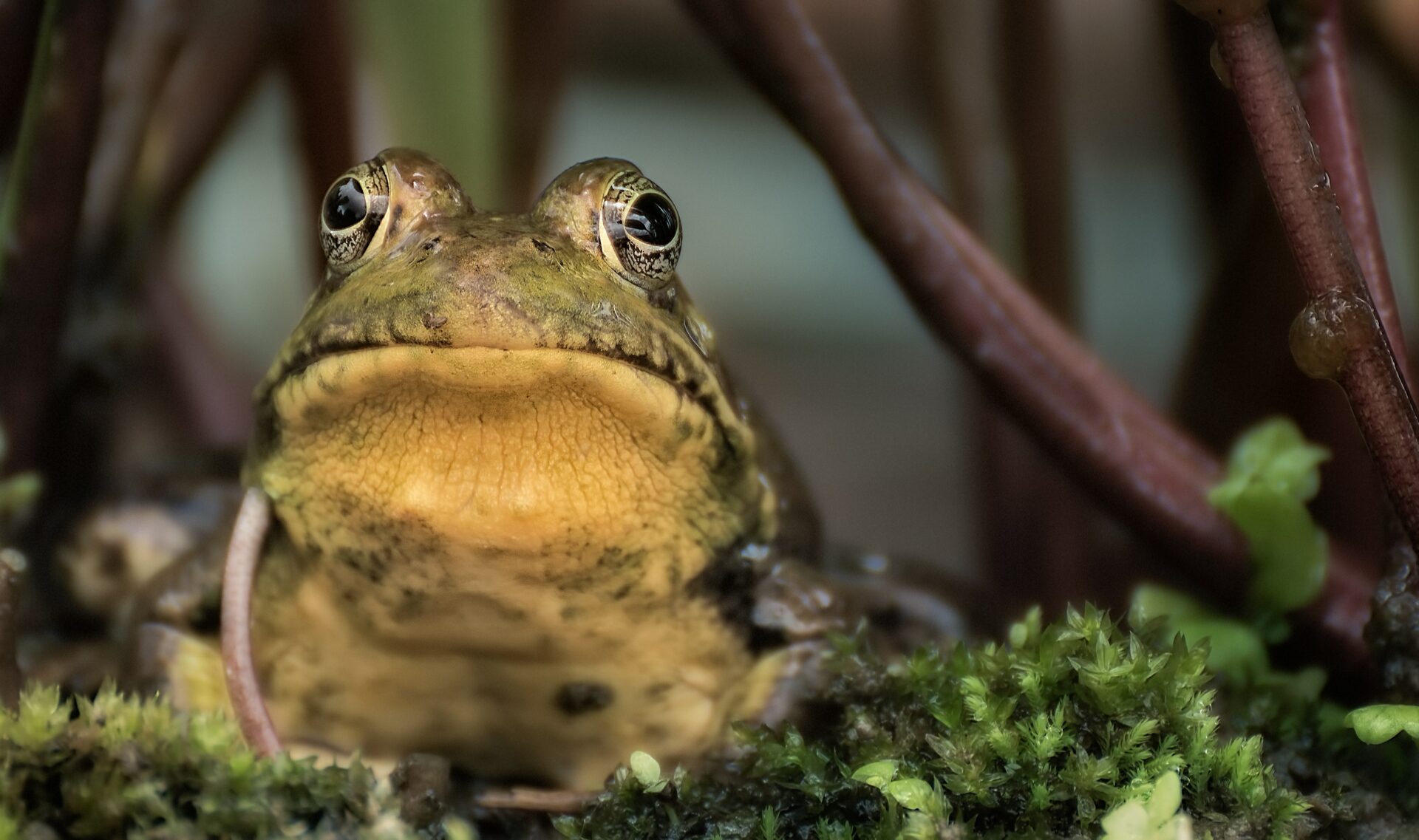WOAH turns 100: A century of improving animal health and welfare
Celebrating 100 years of WOAH’s unwavering commitment to global animal health—a legacy of collaboration, innovation, and progress. Join us in honouring WOAH’s past, embracing the present, and charting a sustainable future.
-
Published on 05/04/2024
-
-
Published on 13/03/2024
-
Press Release
WOAH assumes chair of Quadripartite Secretariat, outlining vision for One Health collaboration
Published on 06/03/2024
-
-
-
-
-
-
-
-
-
-
Article, General Session
WOAH Members adopt a revised standard on BSE
-
Article, General Session
WOAH updates equine standards to reduce obstacles to the movement of competition horses
-
Article, General Session
Trends in the use of veterinary vaccines: the case of rabies and PPR
-
Article, General Session
Sharing expertise to rethink avian influenza prevention and control efforts
-
Success Story
The PVS Pathway reports: tools for advocacy
-
Annual Report, 2022
“The veterinary workforce plays a key role in the global One Health agenda”
-
Annual Report, 2022
Animal transport: implementing welfare regulations in the field
-
Annual Report, 2022
Empowering veterinary paraprofessionals through education
-
-
Annual Report, 2022
Early-warning systems: modeling the spread of vector-borne diseases
-
Annual Report, 2022
Field simulation trainings to support emergency preparedness
-
Annual Report, 2022
Expertise network: “We are the eyes and ears on animal influenza”
-
Annual Report, 2022
Protecting wildlife health by enhancing surveillance systems
-
-
Annual Report, 2022
ANIMUSE: monitoring antimicrobial use in animals
-
-
-
-
-
-
-
-
-
-

Importance of aquatic animals
Aquatic animals play a key role in achieving a more prosperous and secure world, contributing to Development Goals. Explore WOAH’s coordinated approach to improving aquatic animal health worldwide.
-
Type of animals Terrestrials, Avian
-
Type of animals Terrestrials, SwineUseful links
-
Type of animals Terrestrials, Multiple species
-
Type of animals Terrestrials, Other animals
-
Type of animals Terrestrials, Sheep and goats
-
Type of animals Terrestrials, Multiple species
-
Type of animals Terrestrials, Swine
Working across borders to foster a One Health approach to global health. The health of animals and the environment strongly depend on human activities.
-
One Health
The “One Health” approach summarises a concept that has been known for more than a century; that human, animal and plant health are interdependent and bound to the health of the ecosystems in which they exist. We envisage and implement it as a collaborative, whole of society, whole of government approach to understanding, anticipating and addressing risks to global health.Discover
-
Antimicrobial resistance
Imagine a world where infections and diseases in humans, animals and plants are impossible to treat. This worst-case scenario could become a reality as bacteria, viruses and parasites develop resistance to the drugs we use to fight them. Antimicrobial resistance, or AMR, has become one of the most pressing health issues of our time. Solutions exist and everyone has a role to play in the fight against this global threat.Discover -
Disease Data Collection
The World Animal Health Information System (WAHIS) is the global reference platform for the publication of official data on epidemiologically important diseases in domestic and wild animals. The data tracks the evolution of diseases, assists in trade and policy decisions, and informs research.Discover -
Animal Welfare
Animal welfare is a complex and multi-faceted subject with scientific, ethical, economic, cultural, social, religious and political dimensions. It is attracting growing interest from civil society and is one of the priorities of the World Organisation for Animal Health (WOAH).Discover -
Aquatic animals
Aquatic animals play a key role in achieving a more prosperous and secure world, contributing to Sustainable Development Goals (SDGs).Discover
-
Guidelines, Publication
Practical Guidelines for National Procurement of Veterinary Vaccines
.pdf – 2 MB See the document -
.pdf – 1 MB See the document
-
Guidance, Handbook, Guidelines, Manual, Co-Publication
Pharmacovigilance manual
.pdf – 974 KB See the document -
Publication, Report
An Overview of the Futures Literacy Laboratory on 'The Futures of Climate Responses, 2040
.pdf – 2 MB See the document -
Report, Co-Publication
GF-TADs: GCC-FMD Meeting Report
.pdf – 3 MB See the document -
Publication, Co-Publication
Rinderpest and its eradication
.pdf – 47 MB See the document -
Publication, Co-Publication, Report, Annual
2021 ANNUAL REPORT – Global control of African swine fever: a GF-TADs initiative
.pdf – 3 MB See the document -
Report, Co-Publication
GF-TADs: GSC12 Meeting Report
.pdf – 888 KB See the document -
Report, Co-Publication
GF-TADs: GSC12 Activity Report
.pdf – 9 MB See the document -
Report, Co-Publication
GF-TADs: GSC11 Activity Report
.pdf – 3 MB See the document
